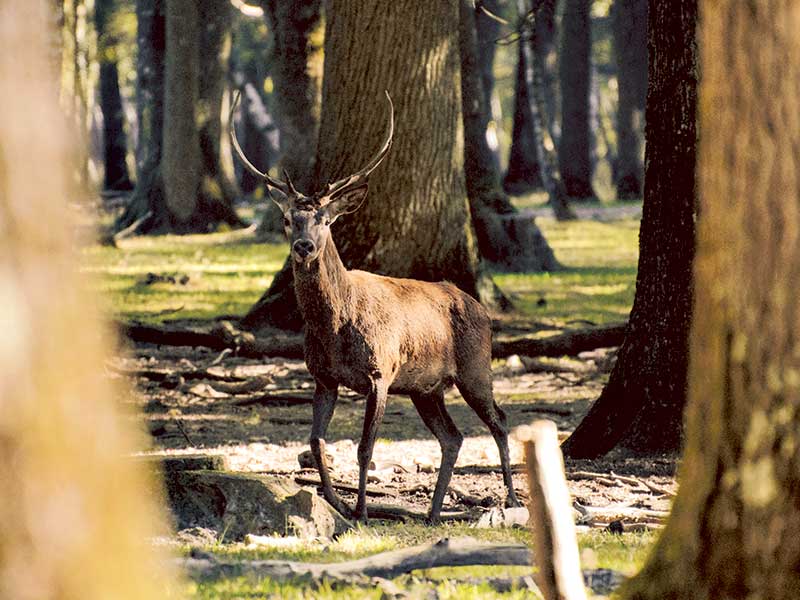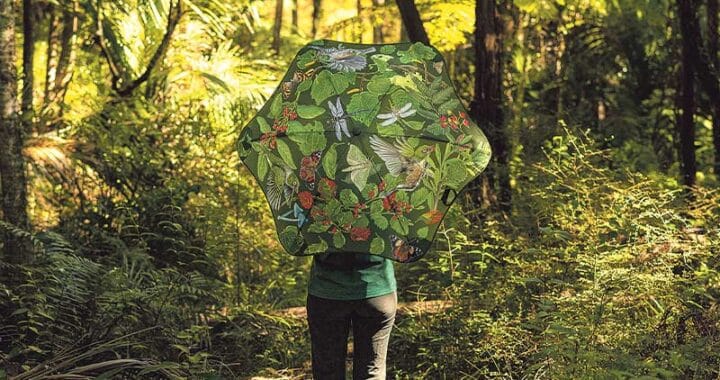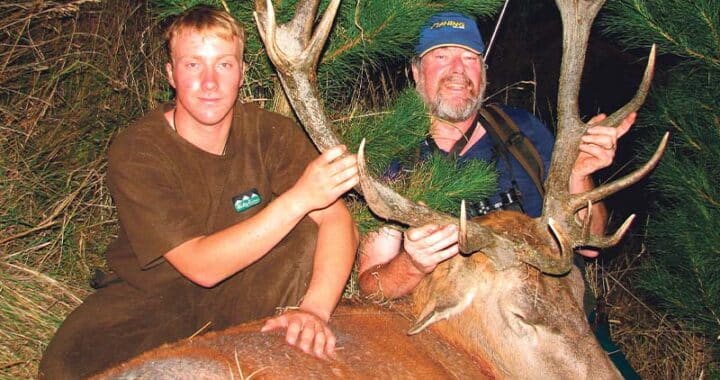Patience and perseverance in hunting
3 min read
Photo: Quentin Dr on Unsplash
Many years ago, I set myself a goal to obtain top-quality representative trophies of all species of big game animals found in New Zealand—of course by fair, ethical, and selective hunting. Naturally, the rare moose in Fiordland was expected. I called it ‘The Grand Slam of Hunting’, which was also later the title of the book I wrote on my quest.
Over many years, I have managed to achieve my goal but it took a lot of determination on my end. Every hunt has been a learning experience. Even if you do not score an animal, you learn about the country and from looking at the deer sign, learn where the animals are.
Of course, the whereabouts of animals varies throughout the year. In general, in winter, deer favour warmer north-facing slopes; in hot summers, they tend to be on the cooler south-facing slopes.
In my endeavours, I learned that patience and perseverance are important. I would add a third one: local knowledge—know your hunting area well.
The reality is deer know the gullies and spurs 365 days of the year. A hunter does not but by being out regularly, can get to know the country better.
Another factor is genetics and for trophies, that is important, too. Deer species came from different herds such as Warnham Park, Scotland for symmetry and Stoke Park and Hungarian imports for heavy timber and strong tops. By going to places that have the best breeding genes, it pays to look for places close to good feed, such as farmed boundaries. With nutrition from the feed, there are potentially more high-scoring trophies.
Far into the bush, away from good tucker, hardly any good heads have ever been shot in recent years. Both my fallow buck and rusa deer trophies successes in the ‘Grand Slam’ are good examples of the value of patience and perseverance.
Finding a top trophy fallow buck was a real challenge. I hunted the Blue Mountains and Lake Wakatipu herds for years with no success but nevertheless, I stuck at the task.
I kept going back to the Blue Mountains, even searching an area tucked away to the side where I shot a big buck. And although I had it mounted, it did not quite make the standard I had set for my book.
But then I found an area that held just three fallow bucks. It took more years of waiting and watching as they matured and then in mid-winter of 1983, I found the buck I was looking for.
The fallow buck won the New Zealand Deerstalker’s Association’s prestigious NZDA’s Orbell Trophy for that year.

Photo: Alain Jorion
My rusa trophy tested my resolution, too, but in a different form. It did take many years but the hunt itself was about all about patience and perseverance.
Several years passed as I searched in vain. Then one early winter evening, I encountered a big rusa stag and took a quick shot. The stag dashed off into the undergrowth. I searched and searched but the fading light made it worse.
There was no blood or fresh hurried marks. In the end, darkness forced me back to the hut. Had I missed? Was the stag wounded? A wounded animal is a nightmare to any true sportsman. I didn’t sleep well that night but at first light the next morning, I was back on the same spot. I searched relentlessly and finally found a spot of congealed blood.
I was on all fours, all senses fully alert, searching when I found tracks and more blood spots and eventually my beautiful trophy.
The shot had been accurate—dead centre of the shoulder. The .270 130 grain Norma had done the job all right. It won NZDA’s Orbell Trophy with a Douglas Score of 173.25.
In both cases, patience and perseverance paid off—valuable lessons that can go far beyond hunting. It is all about enduring the hardships that come your way and not giving up too early on your trail.



